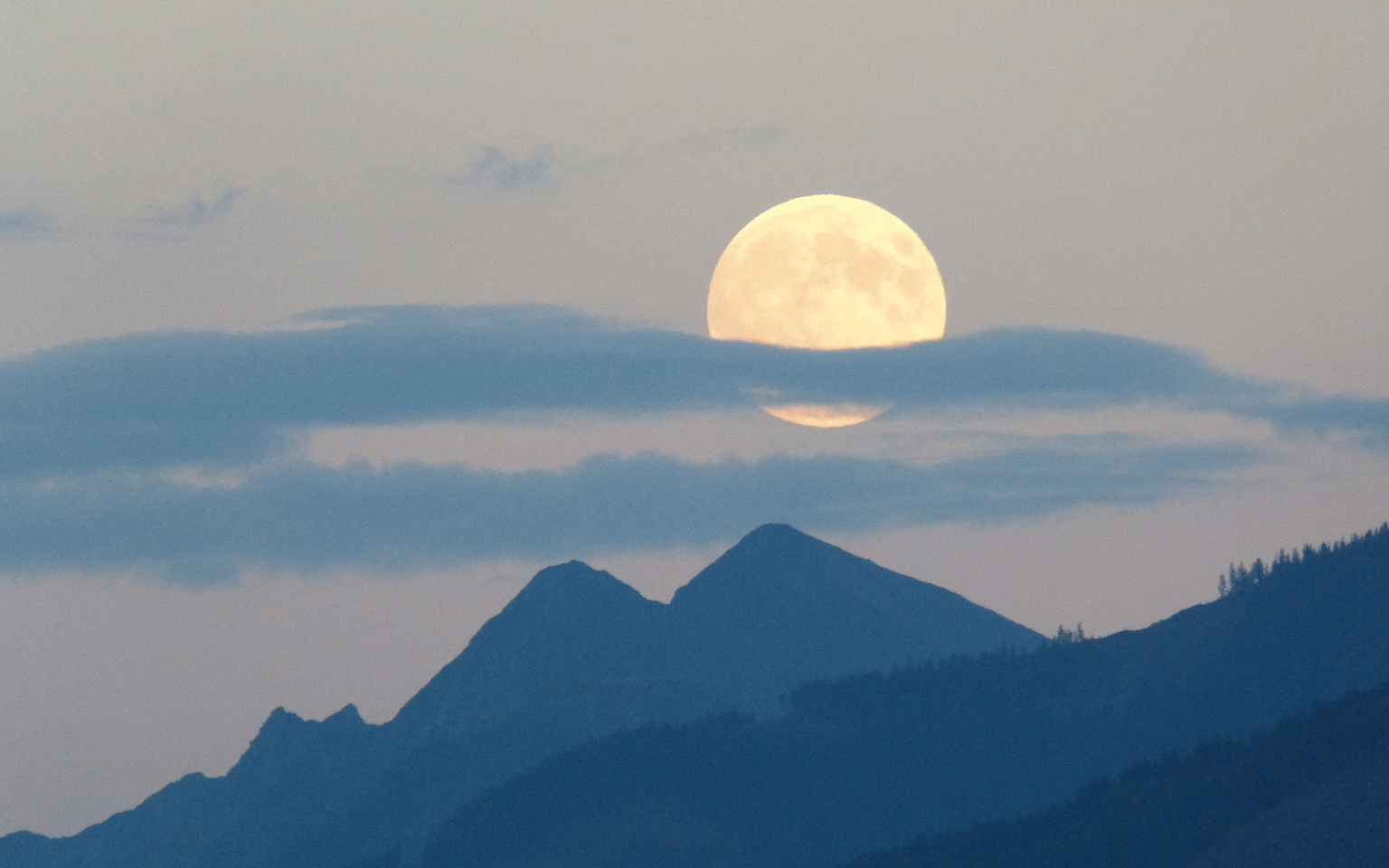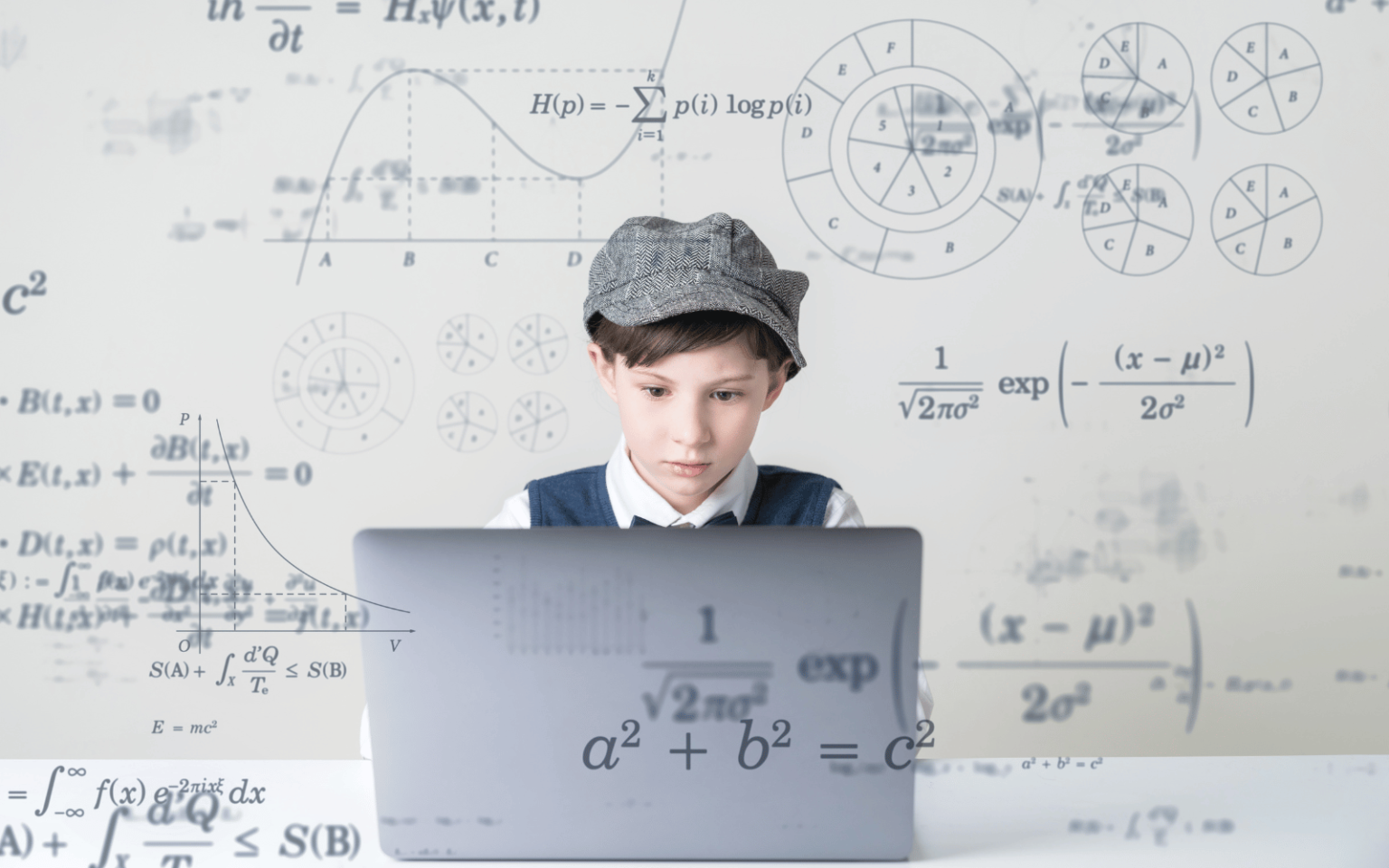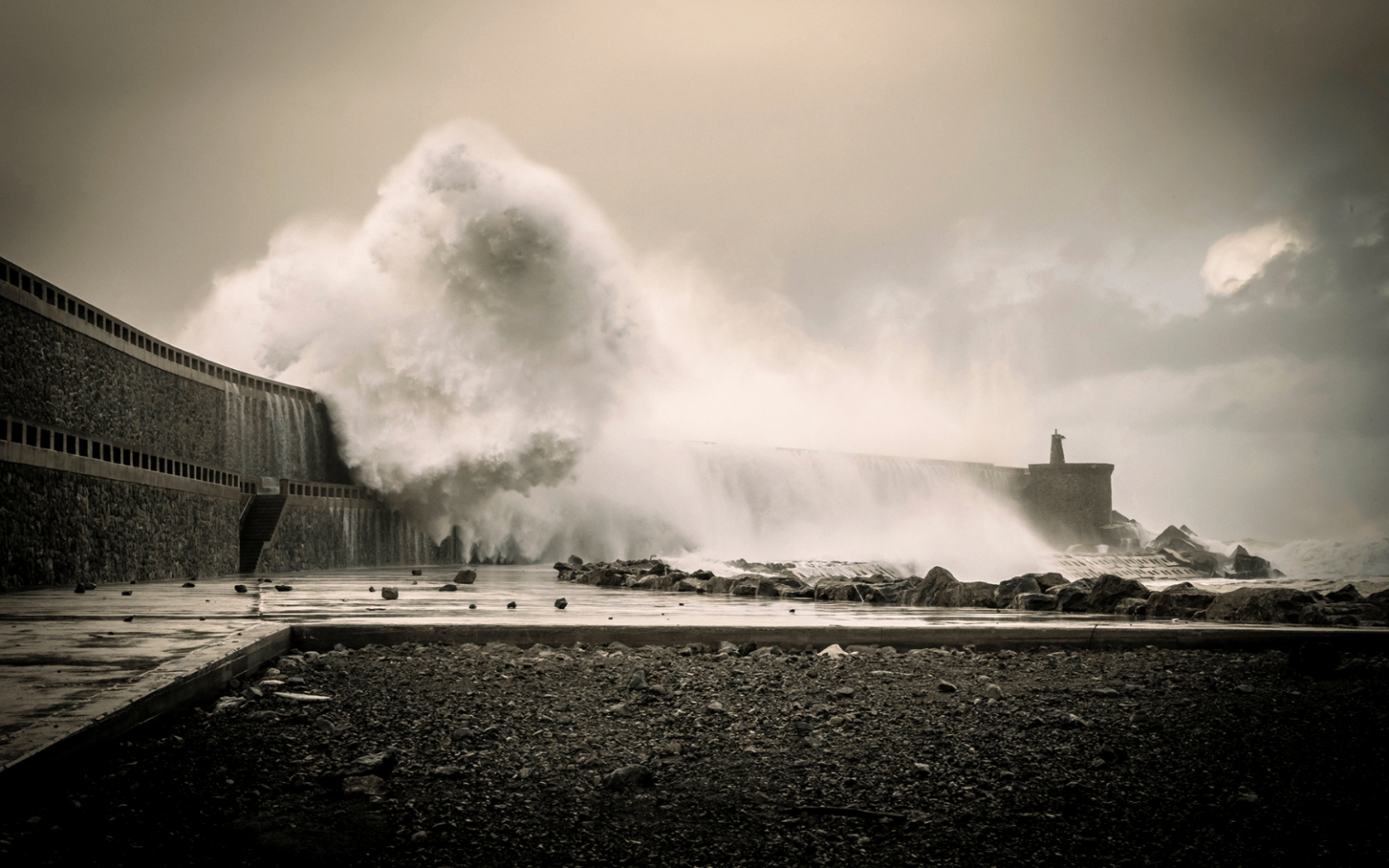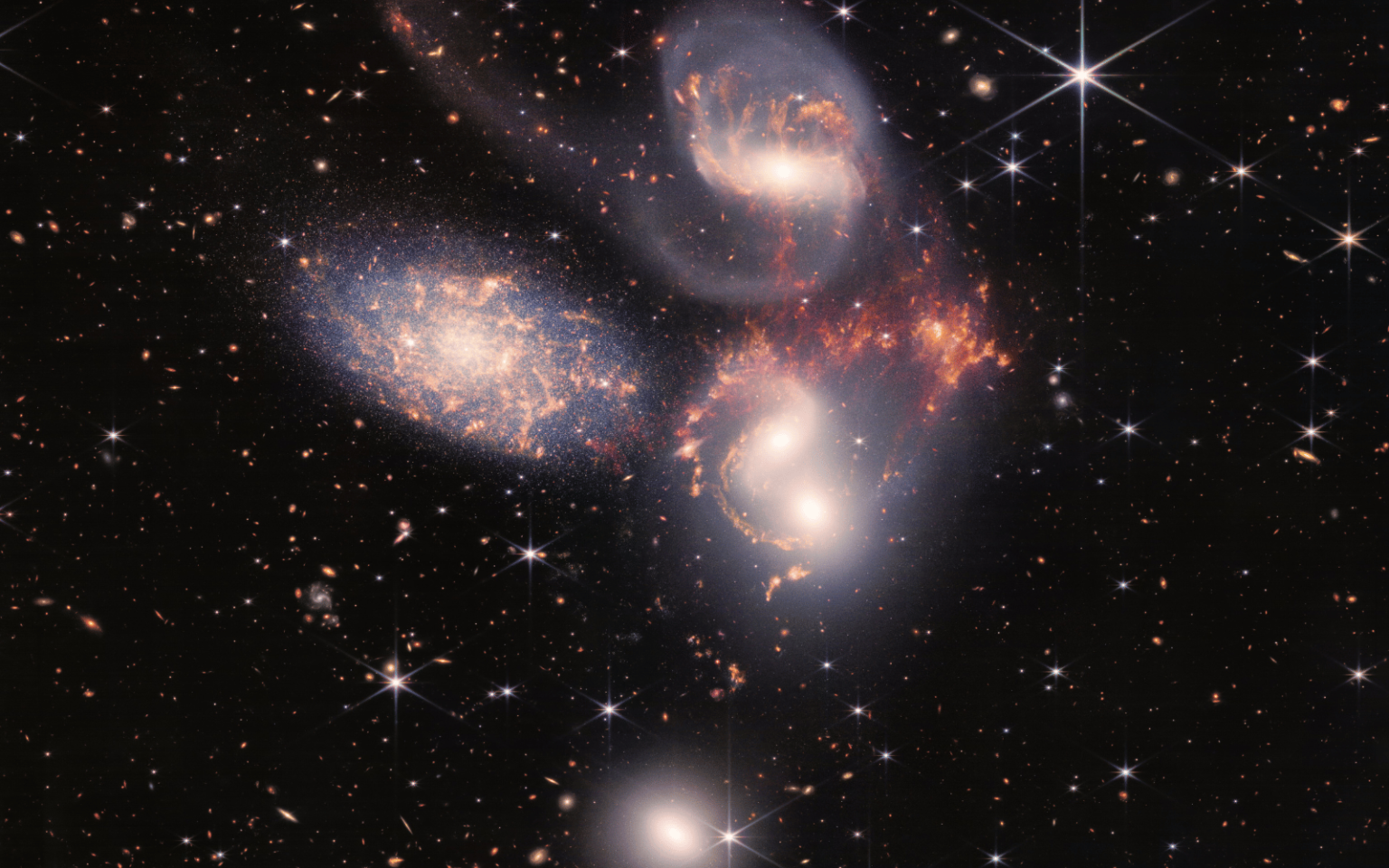We know more about the Moon than the deep sea. This idea has been repeated for decades by scientists and science communicators, including Sir David Attenborough in the 2001 documentary series The Blue Planet. More recently, in Blue Planet II (2017) and other sources, the Moon is replaced with Mars. As deep-sea scientists, we investigated this supposed “fact” and found it has no scientific basis. It is not true in any quantifiable way. So where does this curious idea come from? Mapping the deep The earliest written record is in a 1954 article in the Journal of Navigation, in which oceanographer and chemist George Deacon…
Author: The Conversation
The world seems to be obsessed with aging. The media is plagued with articles about the costs of growing older, the cure to aging and secrets to aging successfully. Alongside these concerns, we strive to age gracefully or become “cognitive super-agers” — people whose brains function like those of a much younger person. Not everyone fears aging. There are also those who embrace it, and suggest that, instead of viewing aging as something to overcome, we should view it as “second adulthood” — an opportunity in life after retirement, to complete, consolidate and share experiences of lives that were meaningfully lived. But even in embracing aging, we…
Digital teaching and communication tools are increasingly present in kindergarten to Grade 12 classrooms. By April 2020, not long after the onset of the pandemic, Google Classroom had doubled its users to more than 100 million. For educational technology companies, the pandemic accelerated opportunities to grow markets and profits. Whether for facilitating learning, assessing learning or communicating with parents and guardians, digital tools are increasingly part of many children’s and parents’ school experiences. In our ever-connected classrooms and societies, one notable element is the use of freemium software — software that is free for all users to obtain and use, but only with…
Across much of the world’s oceans, waves are getting bigger. In the Southern Ocean, where storm-driven swell can propagate halfway across the world to California, the average wave has grown about 20cm in the past 30 years. These changes are part of climate change, and are likely to continue well into the future. If you’re making long-term plans near the sea – like building ships, or constructing flood defences in coastal cities – you need more detail about how big those waves are going to get. In a study published today in Science Advances, we looked at the projected changes in the…
Time travel makes regular appearances in popular culture, with innumerable time travel storylines in movies, television and literature. But it is a surprisingly old idea: one can argue that the Greek tragedy Oedipus Rex, written by Sophocles over 2,500 years ago, is the first time travel story. But is time travel in fact possible? Given the popularity of the concept, this is a legitimate question. As a theoretical physicist, I find that there are several possible answers to this question, not all of which are contradictory. The simplest answer is that time travel cannot be possible because if it was, we…
NASA had a banner year in 2022, with many successful missions in what was one of the organization’s most active years in decades. I’m a professor of astronomy who has used NASA telescopes for decades to do research in observational cosmology. I also have a keen interest in the role science plays in humanity’s expansion into space. NASA’s missions over the past year have been remarkably far-ranging – from practicing how to protect the Earth to preparing for the first manned mission to Mars and learning about the earliest days in the universe. By working in the extremes, scientists are learning about and doing more in…
Creativity for all – but loss of skills? Lynne Parker, Associate Vice Chancellor, University of Tennessee Large language models are making creativity and knowledge work accessible to all. Everyone with an internet connection can now use tools like ChatGPT or DALL-E 2 to express themselves and make sense of huge stores of information by, for example, producing text summaries. Especially notable is the depth of humanlike expertise large language models display. In just minutes, novices can create illustrations for their business presentations, generate marketing pitches, get ideas to overcome writer’s block, or generate new computer code to perform specified functions, all at a level of quality typically attributed to…
Last Saturday night, a young woman out on the town in Brisbane saw a dog-shaped robot trotting towards her and did what many of us might have felt an urge to do: she gave it a solid kick in the head. After all, who hasn’t thought about lashing out at “intelligent” technologies that frustrate us as often as they serve us? Even if one disapproves of the young woman’s action (or sympathises with Stampy the “bionic quadruped”, a model also reportedly used by the Russian military), her impulse was quintessentially human. As artificial intelligence and robotics are increasingly deployed to spy on…
As we prepare to invest money to prevent the next global pandemic and find solutions to many other problems, science funders have a large opportunity to move towards open science and more research collaboration by offering open-source endowed chairs. In these research positions, professors agree to ensure all of their writing is distributed via open access — and they release all of their intellectual property in the public domain or under appropriate open-source licences. The global scholarly publishing market has grown steadily and is now worth over US$28 billion. Researchers estimate universities are also able to capture billions through patent licensing, although most technology transfer offices at universities…
These days, we don’t have to wait long until the next breakthrough in artificial intelligence (AI) impresses everyone with capabilities that previously belonged only in science fiction. In 2022, AI art generation tools such as Open AI’s DALL-E 2, Google’s Imagen, and Stable Diffusion took the internet by storm, with users generating high-quality images from text descriptions. Unlike previous developments, these text-to-image tools quickly found their way from research labs to mainstream culture, leading to viral phenomena such as the “Magic Avatar” feature in the Lensa AI app, which creates stylised images of its users. In December, a chatbot called ChatGPT stunned users…











